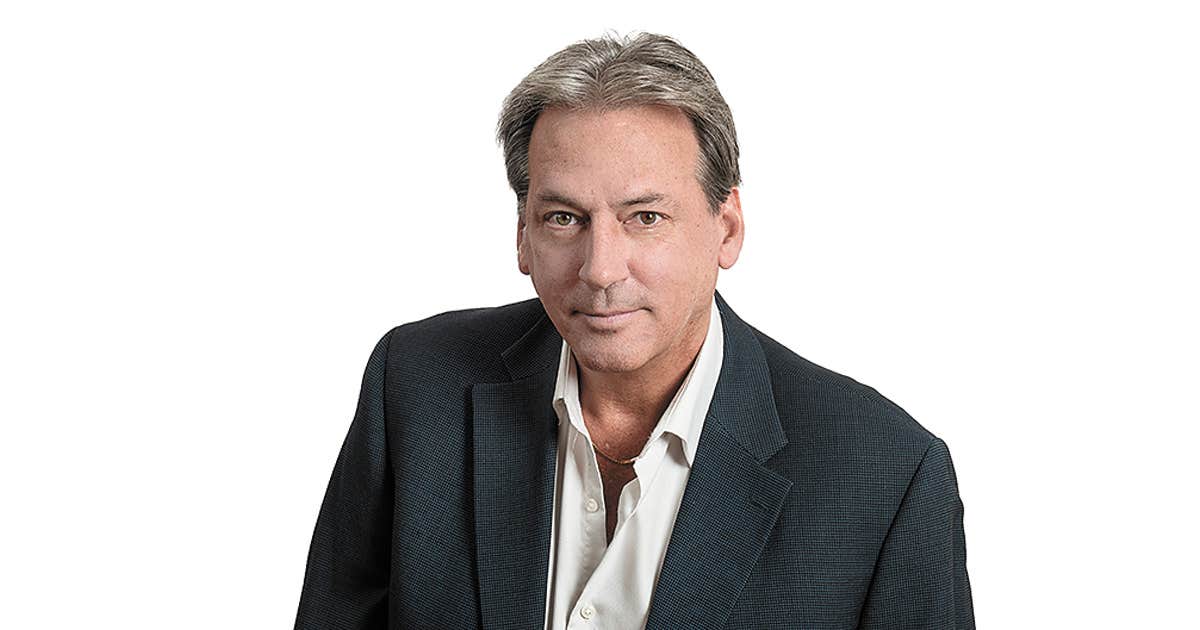It has already been said that due to the geopolitical uncertainty which will weigh even more on the financial markets this year, the idea of equipping one’s portfolio with a tool to protect against an unexpected setback is gaining ground among investors. But still ?
It may be a natural reflex to seek protection in gold, which generally displays a low correlation with the S&P 500 (around 0.1), or with a representative bond index (0.4 with the FTSE / TMX Universe Bond Index). However, the price of the yellow metal is currently hovering near its peaks. We can also consider relying on the VIX, but this velocity index, known as fear, moves more in relation to the sudden volatility of the S&P 500 index rather than to the fluctuation of its yield or its value at the market. Diving deeper into the exchange-traded fund (ETF) industry, with its approximately 950 funds in Canada, offers a broader and more varied array of options or strategies, at little cost. A specialist in this universe, Alain Desbiens, gives his point of view.
The general manager of ETFs for Eastern Canada at BMO Global Asset Management insists: you have to be present in the market, whatever the economic cycle, at little cost. Especially since just a few days can make a year’s return in a portfolio. Last year, stock ETFs returned more than 10%, whether they were conservative or 100% stocks. In bonds, we are talking about an average of 6.65%. The bulk of these returns were actually achieved in the last weeks of 2023. The BMO specialist uses the parameters of the Institute of Financial Planning, according to which, at age 60 and with a probability of survival of 50%, planning aims for 94 years. At 25% probability of survival, it must cover a period extending up to 98 years. In short, potentially still a lot of time ahead of you.
That said, the approach generally adopted takes the form of a diversified portfolio, based largely on an index basis allowing for precise exposure. Added to this is a so-called satellite part which will be directed at the end of the economic cycle towards low volatility and high quality stocks, and hedged positions (called “ covered call “). Dividend-paying securities will complete the index. For fixed income securities, the BMO specialist currently uses a lower duration, less than one year.
In a broader sense, BMO analysts summarize the choice of securities according to the various phases of the cycle: defensive and income securities in recession, value securities at the start of recovery, growth securities in slowdown and momentum at the end of the recovery. For the end of the cycle, we can turn to an approach prioritizing defensive, low-volatility and quality securities, they write.
Alain Desbiens sums it all up. The basis of the portfolio is made up of indexes and is intended to be diversified. This allows for automatic rebalancing of this portion of the portfolio. In the current phase of the cycle, the satellite part could be focused on low volatility, long-short positions or dividend. For its part, fixed income should be short-lived. For its part, the satellite part would be the one that is moved or modified according to the degree of risk tolerance.
If we summarize more simply: a basic exposure focused on high beta and a satellite part focused on rotation strategies. Here we mean, by beta, a measure of market correlation, a beta of 1 indicating perfect correlation with the reference index.
In a quest for protection?
We guess, in search of protection, we will look towards a market-neutral beta. Alain Desbiens emphasizes that here we enter into alternative strategies, into active management, which offer low correlation. We think of alternative investments such as infrastructure or agriculture, generally intended for more sophisticated investors. But ETFs are also increasingly interested in it, with the presence of liquid alternative funds also having the particularity of reducing volatility, which can take up between 5% and 10% of the portfolio. A push for ETFs into “Liquid Alt” is set to grow rapidly, it is said. We can also classify in this category market-neutral ETFs, banking on the gap between a short position and a long position, with a beta that can oscillate between -0.1 and +0.1. In addition to the objective of neutrality, these families of ETFs aim for low volatility and a target return. Or the category that can be translated as equity ETF with buffer coverage (“ equity buffer hedge “). We are talking here about strategies aimed at a return on the benchmark index combined with protection against a determined percentage of decline in the price of the ETF. In short, all this is just a small overview that can serve as a reference, without seeing it as recommendations.
